Ranking the Biggest Offseason Decisions Facing the Baltimore Ravens in 2025
Ranking the Biggest Offseason Decisions Facing the Baltimore Ravens in 2025
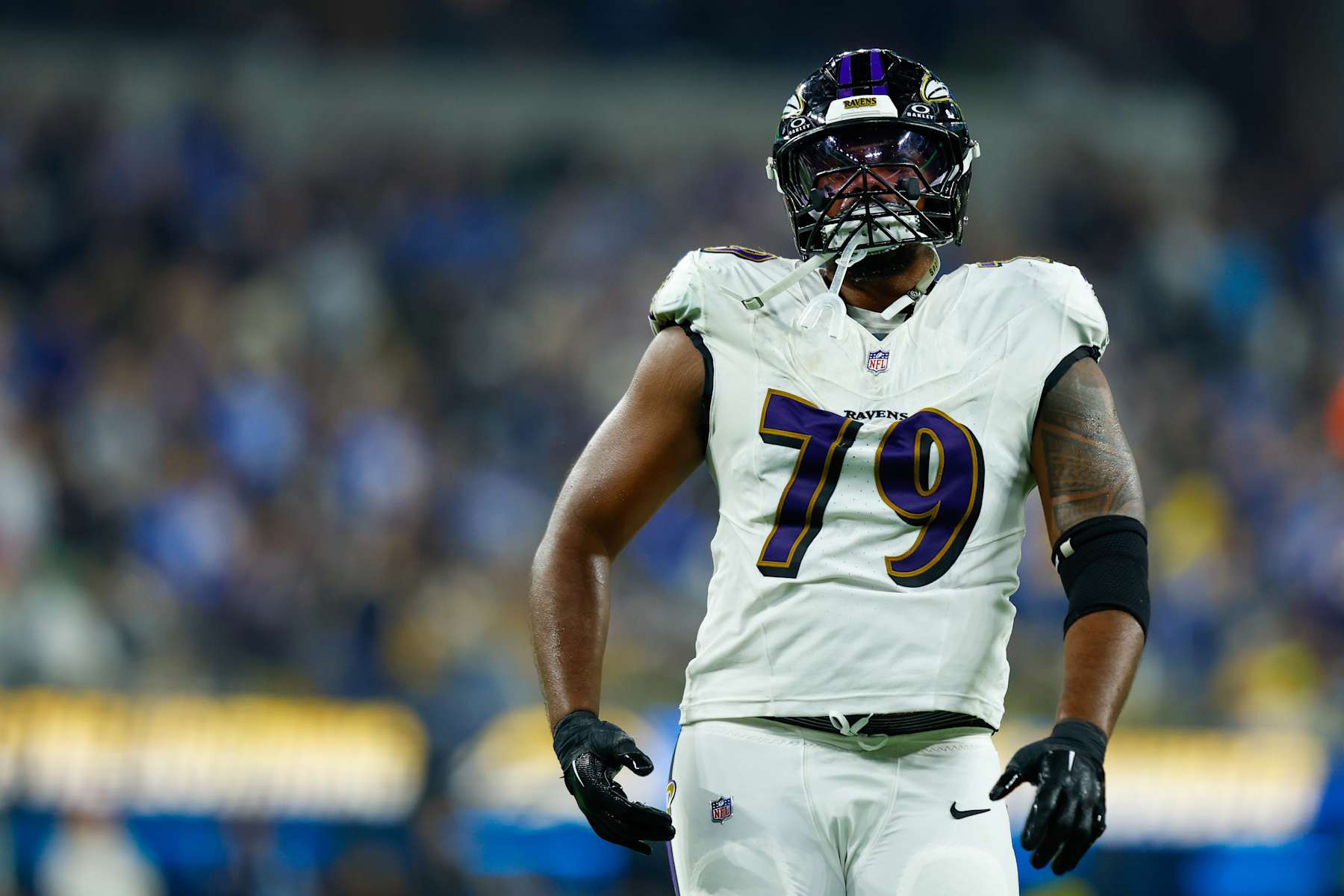
The Baltimore Ravens had another strong season in 2024, thanks in no small part to another MVP-caliber season from quarterback Lamar Jackson. Baltimore's offense showed more growth in its second year under Todd Monken, and free-agent acquisition Derrick Henry fit in quickly and perfectly.
Unfortunately, Baltimore's defense experienced some growing pains in its first season under Zach Orr. While the unit was operating efficiently by season's end, early struggles prevented the Ravens from earning one of the AFC's top two seeds.
A road trip in the divisional round yielded a loss to the Buffalo Bills and an earlier offseason than the Ravens would have liked.
The good news is that most of Baltimore's key pieces are in place, including Monken, who agreed to an extension in late January. The Ravens will be looking to go further in 2025, of course, which means head coach John Harbaugh and general manager Eric DeCosta have some tough decisions ahead.
Here we'll rank the biggest based on how they may impact free agency, the draft, the 2025 season and beyond.
7. Work out an Extension for John Harbaugh
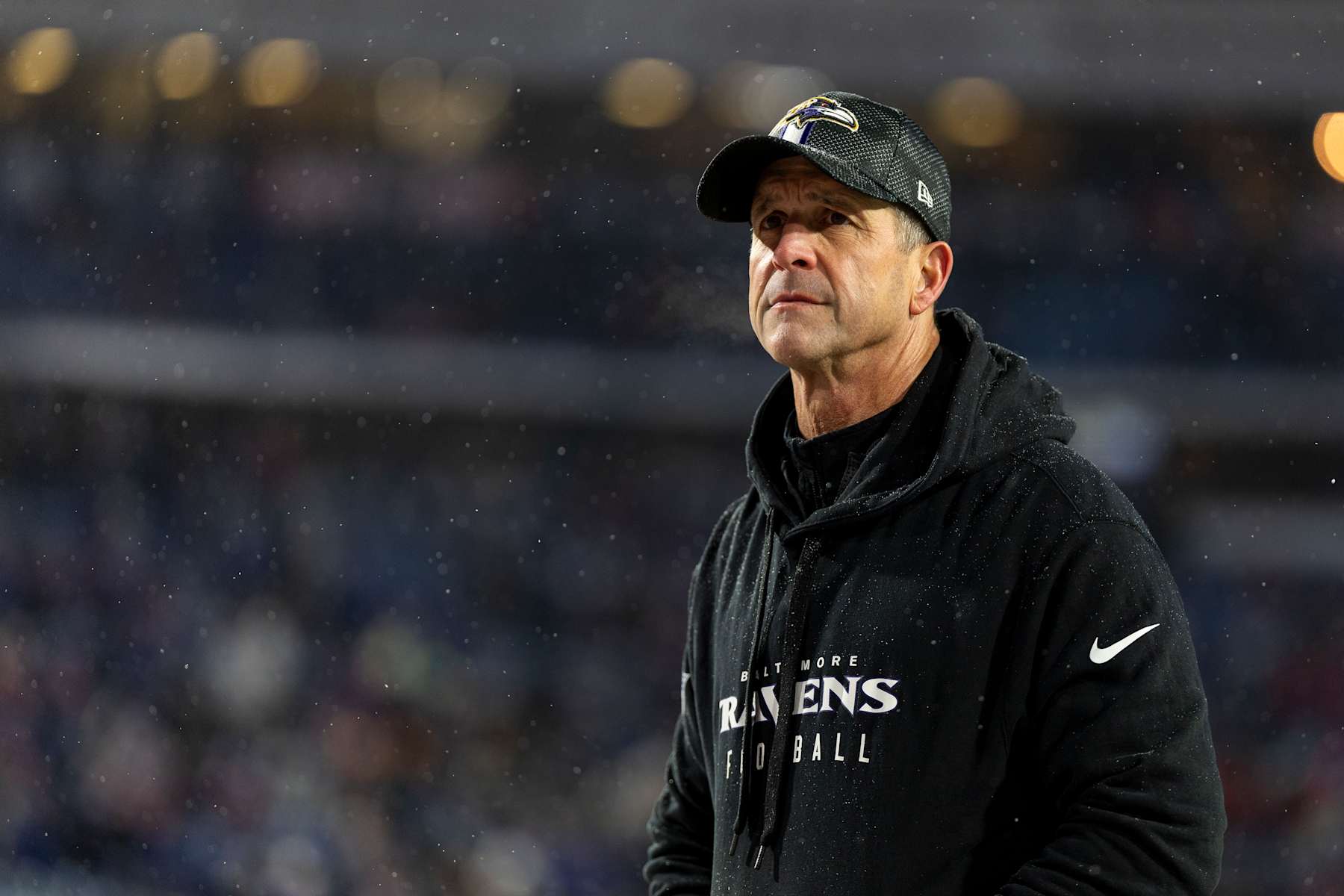
This one ranks low on our list, strictly because a split between Baltimore and Harbaugh is highly unlikely. Their partnership has existed since 2008 and has largely been successful. While the Ravens haven't won a Super Bowl since the 2012 season, they've been competitive far more often than not.
Baltimore reached the AFC Championship Game in 2023 and has won back-to-back AFC North titles. The franchise shouldn't be considering change, as the rival Pittsburgh Steelers—who haven't won a playoff game since the 2016 season—might be.
An extension between the Ravens and Harbaugh is practically inevitable. It'll probably happen at some point this offseason because Harbaugh is entering the final year of his current deal. Most franchises—except for the Dallas Cowboys, perhaps—prefer not to have coaches working on the final year of their contract.
Sorting out an extension and determining Harbaugh's value will take some work. A year ago, he was the league's seventh-highest-paid head coach, with an annual salary of $12 million, according to Front Office Sports. That was before the Steelers signed Mike Tomlin to a three-year, $50 million extension and well before the 2025 hiring cycle.
New Chicago Bears coach Ben Johnson will reportedly make $13 million annually, according to ProFootballTalk's Mike Florio.
Again, Harbaugh probably isn't going anywhere. However, he's due an extension and likely a fairly substantial raise. Getting it done will be part of the offseason plan.
6. Whether to Extend Derrick Henry
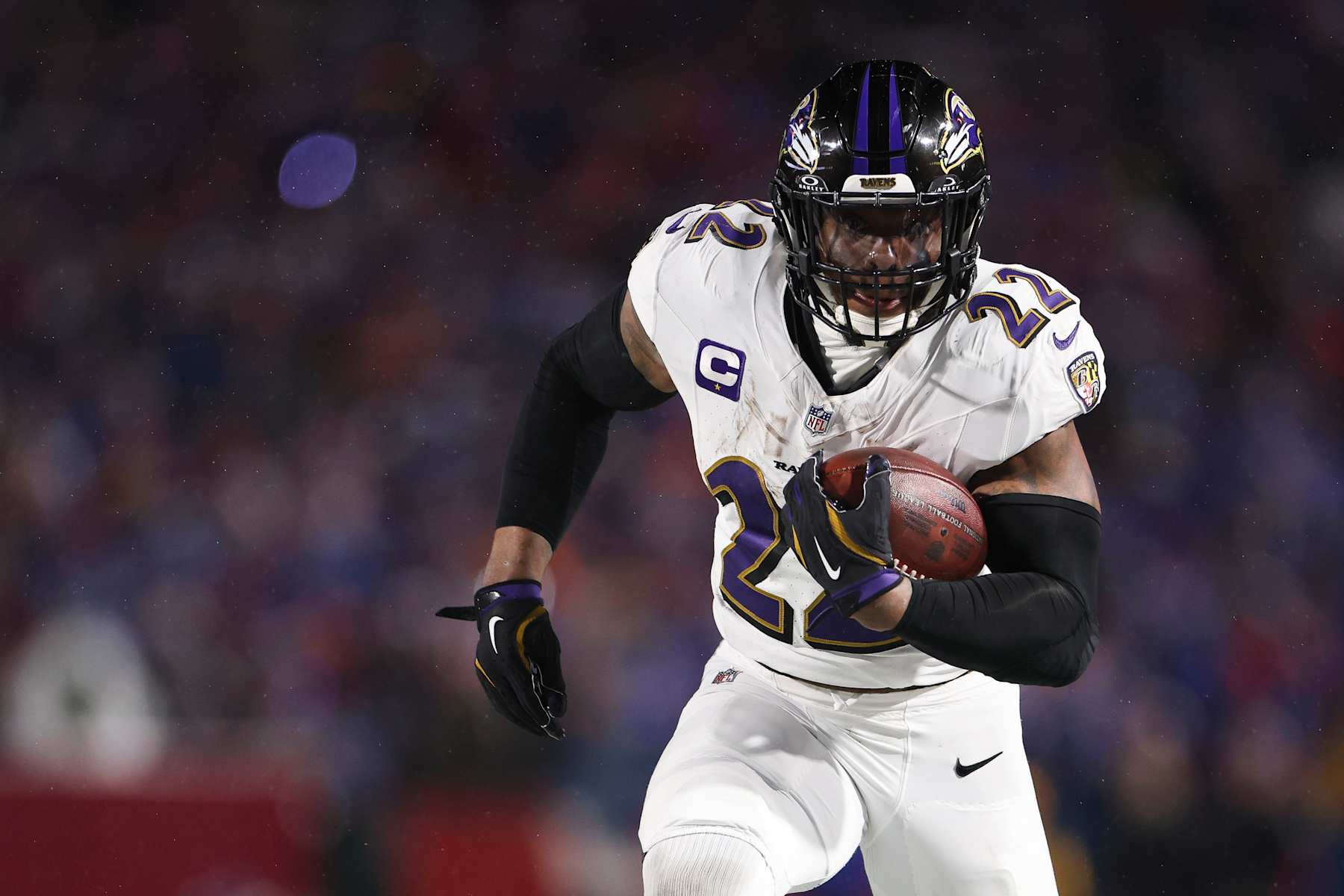
Coaching contracts don't count against the salary cap, which is fortunate for the Ravens, who have just $7.2 million in projected cap space. Most of Baltimore's top offseason decisions, however, will relate to the franchise's cap situation.
DeCosta has said he'll consider extending Henry this offseason, according to The Athletic's Jeff Zrebiec. The salary cap could have a lot to do with that.
Henry is entering the final year of a two-year contract and is set to carry a cap hit of $12 million. Theoretically, DeCosta could reduce Henry's $6 million base salary by restructuring most of it as bonus money as part of an extension—Henry had a base salary of just $1.2 million in 2024. The Ravens could also save $9 million by releasing Henry before arch 16, but that's not going to happen.
Though Henry turned 31 in January, he performed at an elite level and was a perfect fit for Baltimore's offense in 2024. The former Tennessee Titans star racked up 1,921 rushing yards and 16 touchdowns while averaging a career-best 5.9 yards per carry.
The Ravens aren't at risk of losing Henry this offseason, and they could wait to evaluate his age-31 season before committing to a new deal. Extending him early would ensure that Henry's contract isn't a 2026 issue and would potentially save a few million in much-needed cap room.
5. Decide the Future of TE Mark Andrews
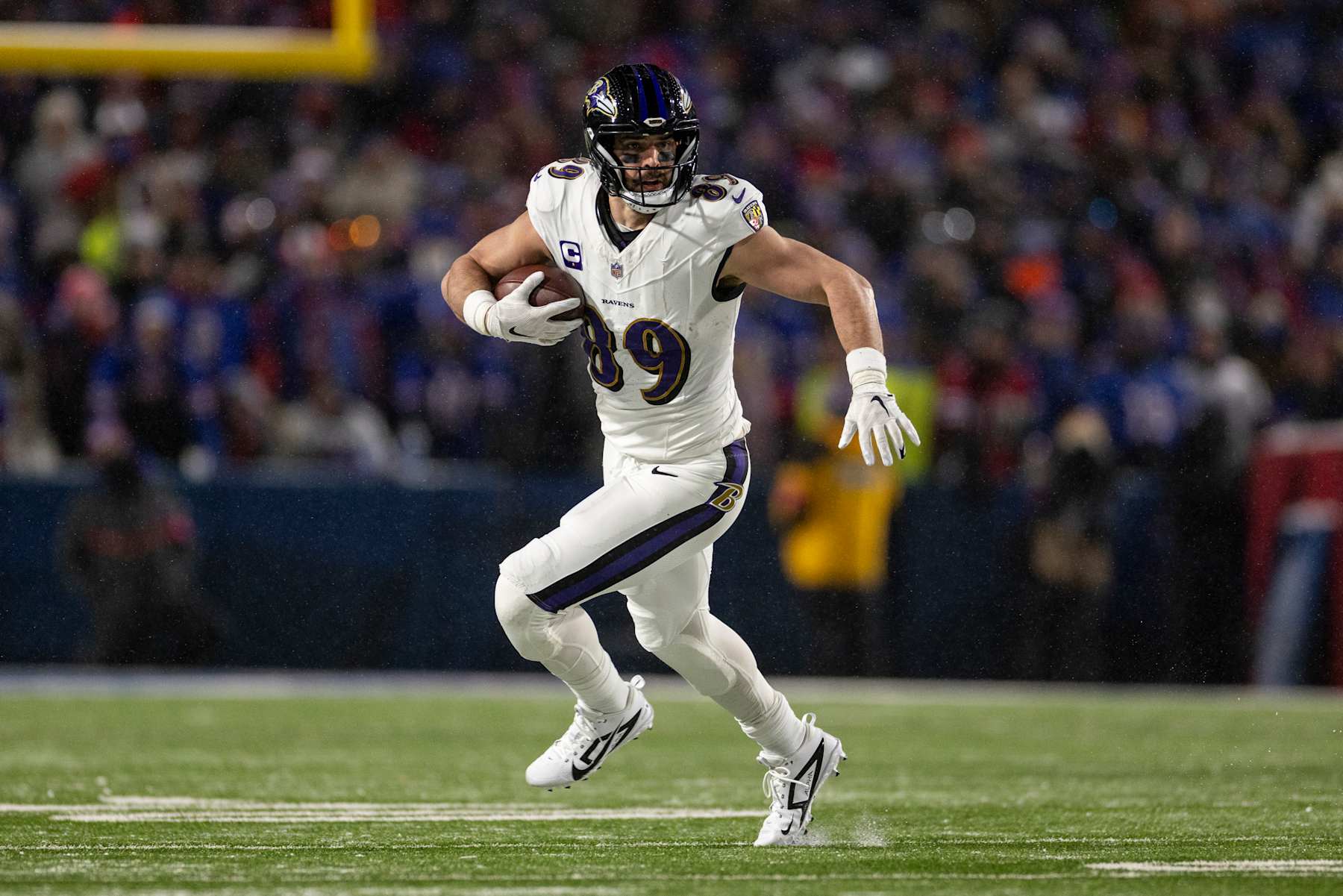
Yes, tight end Mark Andrews had a costly fumble and a key drop during Baltimore's divisional-round loss. However, that's not why the Ravens need to sort out the 29-year-old's future.
Andrews is still a top-tier tight end. While he started the 2024 season slowly—likely because of the leg and ankle injuries he suffered late in 2023—he finished the year with 673 yards and 11 touchdowns on 55 receptions. The Ravens aren't going to simply dismiss one of their most reliable pass-catchers.
"Mark is a huge part of our future," Harbaugh said after the playoff loss, per Ryan Mink of the team's official website.
Yet, Baltimore does face a dicey cap situation, and Andrews is set to carry a cap hit of $16.9 million in the final year of his contract. The Ravens could save $11 million in cap space by trading him or by releasing him before March 16.
Parting with Andrews is an option DeCosta may have to consider. While the tight end is one of Jackson's favorite targets, fellow tight end Isaiah Likely has also been productive and is entering the final year of his rookie contract. Likely will turn 25 in April and might make more sense for Baltimore's long-term plans.
Of course, a restructure and an extension could make more sense in relation to the 2025 season and Baltimore's open playoff window. Andrews is set to earn a base salary of $7 million, which could be reduced as part of a new agreement.
4. Whether to Extend to Kyle Hamilton, Tyler Linderbaum and How to Find Space
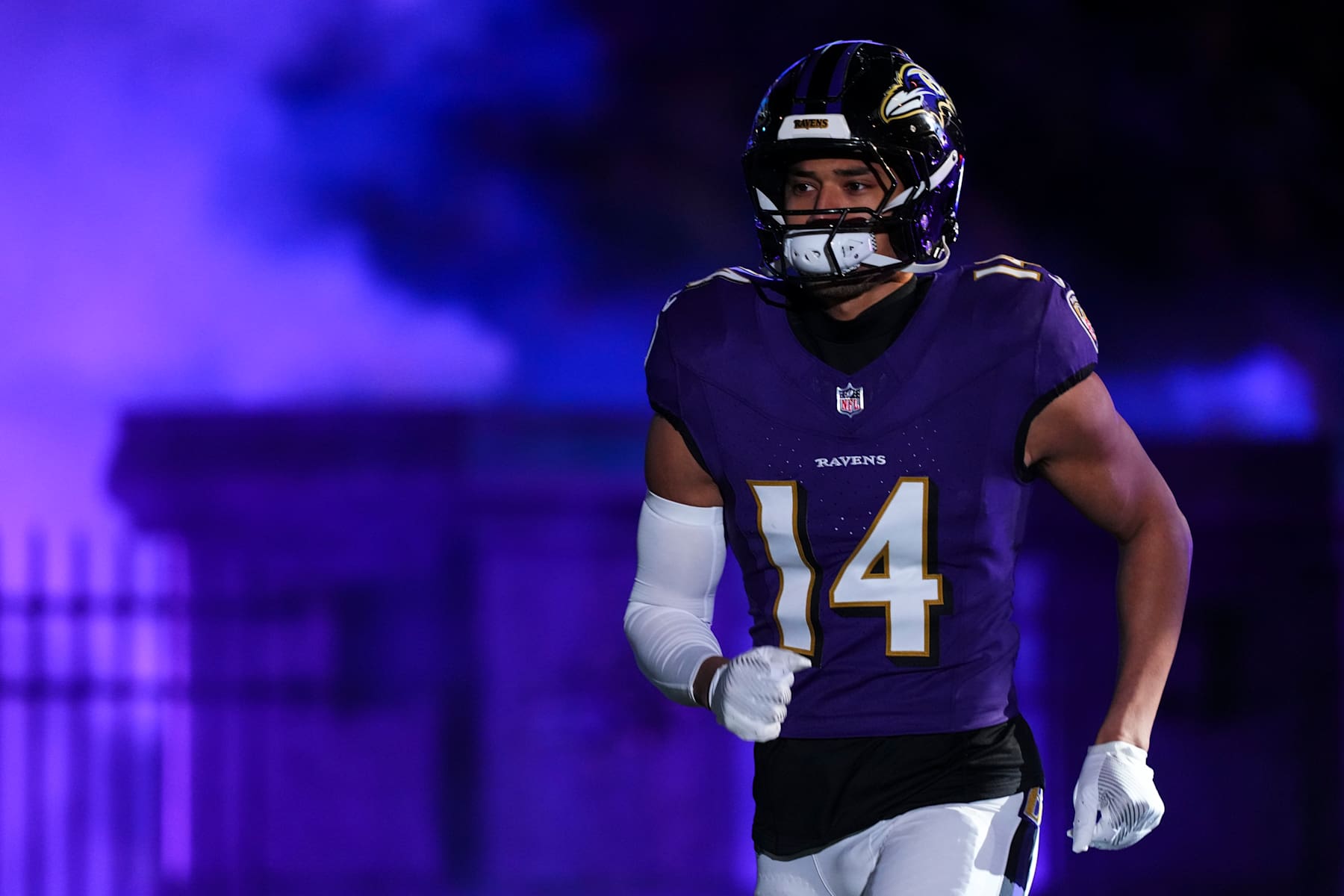
While DeCosta and the Ravens will place a big focus on bettering their cap situation before the start of the new league year, they may also look to spend money on players like safety Kyle Hamilton and center Tyler Linderbaum, who are both extension-eligible.
Hamilton was the Ravens' first-round selection in 2022, while Linderbaum was selected in Round 2. Both have established themselves as centerpiece players and both are entering the fourth years of their rookie deals.
Neither player can depart this offseason, and the Ravens can keep Hamilton on the fifth-year option in 2026. Given the rising cost of NFL contracts, however, it would be cheaper to extend Hamilton and/or Linderbaum now than in a year or two.
Since both players are on rookie contracts, early extensions won't provide much cap relief, if any at all. It could actually cost cap room, depending on how bonus money is structured. Therefore, the Ravens will likely need to trim salary before working out these extensions—others listed here could include added 2025 cap savings.
Where can extra money be found? There aren't many obvious cut candidates, but cornerback Arthur Maulet is one of them. The 31-year-old appeared in only three games in 2024 because of injuries. Releasing him could save $2.3 million in cap space.
Releasing or trading third tight end Charlie Kolar would save $1.1 million in cap space.
3. Restructure or Extend CB Marlon Humphrey
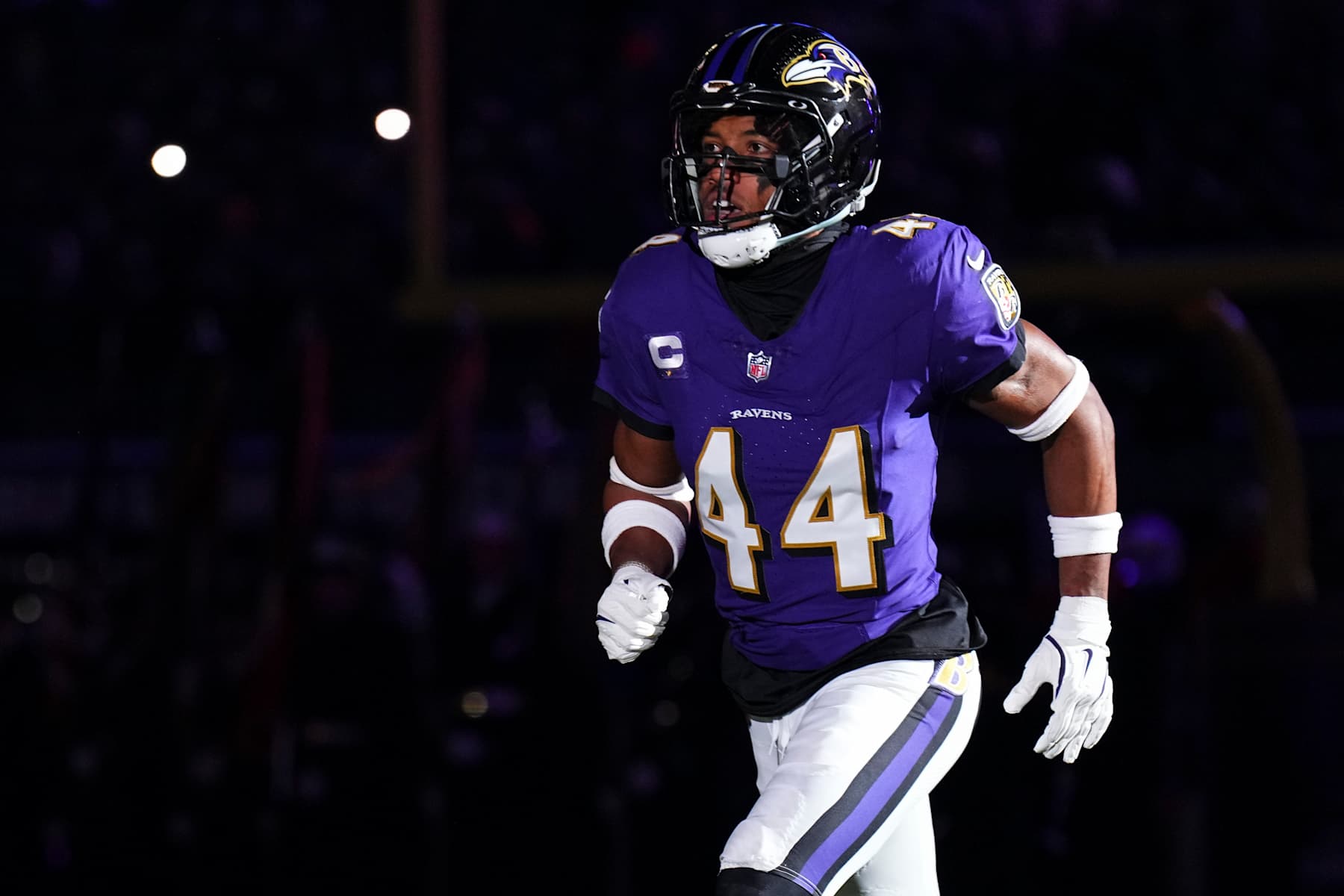
While the Ravens will evaluate multiple players under contract, their decision on Marlon Humphrey's future could be one of the biggest of the offseason.
Humphrey is a four-time Pro Bowler who has been one of Baltimore's best defenders when healthy. He had his latest Pro Bowl campaign in 2024, finishing with 67 tackles, 15 passes defended and six interceptions. He allowed an opposing passer rating of only 60.9 in coverage.
However, Humphrey will also turn 29 in July and missed time in 2021 and 2023 due to injuries (pectoral, foot). He appeared in 55 of 67 regular-season games over the past four years.
Humphrey also has just two years remaining on his contract and is set to carry a massive $25.4 million cap hit in 2025. Only Jackson is set to count more against the cap. Baltimore is highly unlikely to cut Humphrey, though doing so with a post-June 1 designation would save $14.3 million. A trade is also unlikely but something DeCosta might consider if desperate for cap relief and draft assets.
Trading Humphrey at the start of free agency would save $8.7 million in cap space.
Most likely, the Ravens will decide between a simple restructure—something they did with Humphrey in 2023—a restructure/extension and waiting to reassess Humphrey's future in 2026. After this season, the dead money on his contract will fall to just $5.6 million.
Based on his 2024 play alone, an extension is warranted, but his age and recent injury history cannot be discounted. It'll be surprising if Humphrey isn't on the field for Baltimore in 2025, but there's plenty to sort out here.
2. How to Improve the Pass Defense
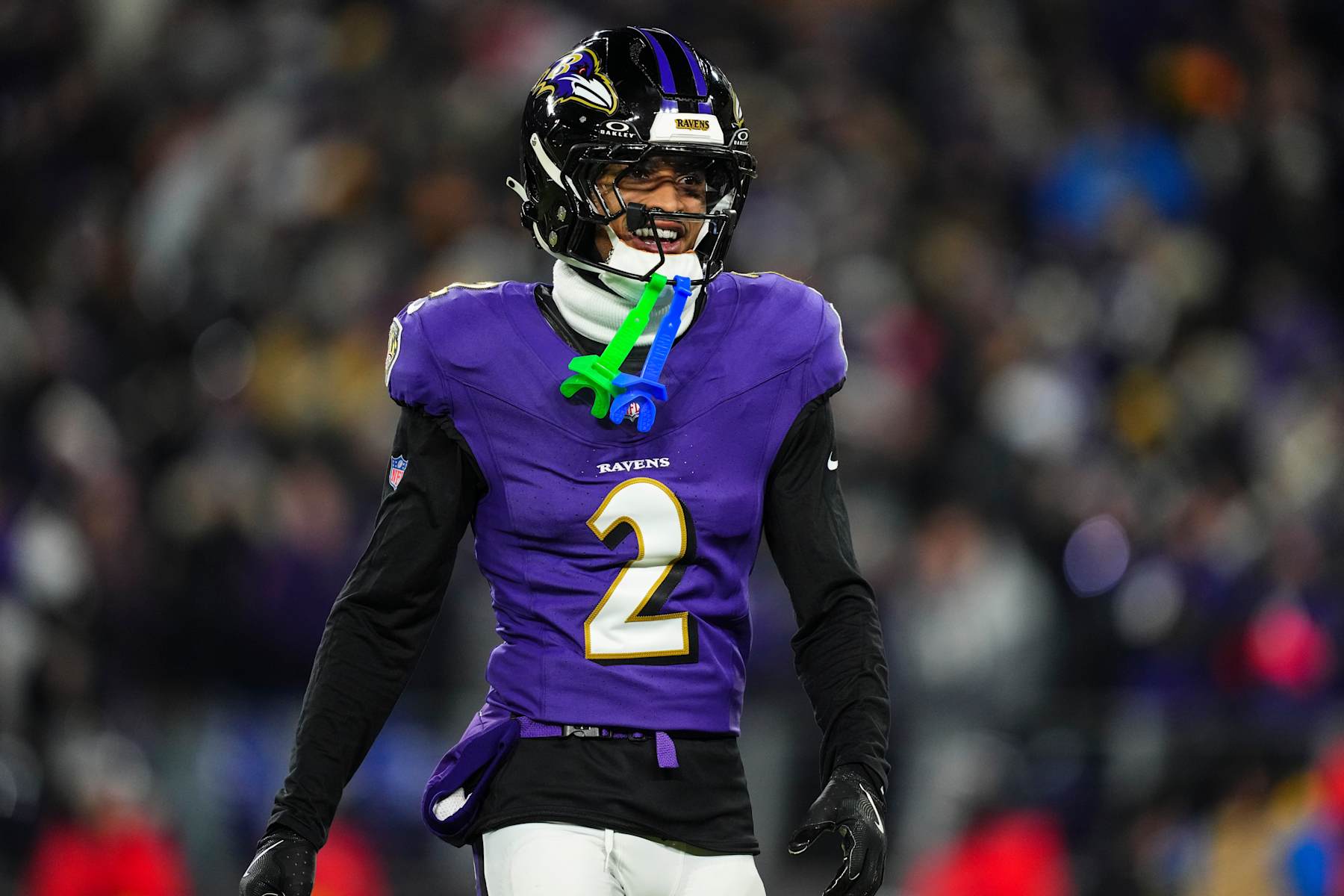
Regardless of how things pan out financially, the Ravens have to decide how to improve their pass defense this offseason.
Baltimore had the league's top-ranked scoring defense in 2023 but lost defensive coordinator Mike Macdonald when he became the Seattle Seahawks' head coach. While the defense did eventually gel under Orr, it still finished the year ranked 31st in passing yards allowed.
Stunning losses to teams like the Las Vegas Raiders and Cleveland Browns played a role in Baltimore missing out on a top seed and being on the road for the divisional round.
Bringing back Humphrey will likely be part of the equation, but Baltimore could use more depth in the secondary and in the pass-rushing rotation. Kyle Van Noy led the team with 12.5 sacks but will turn 34 in March and is entering the final year of his contract.
Because of their cap situation, the Ravens may look for defensive help in the draft. They used their 2023 first-round pick on cornerback Nate Wiggins, but they could easily dip back into the defensive pool this April.
With Odafe Oweh entering the fifth and final year of his rookie contract, a prospect like Mississippi pass-rusher Princely Umanmielen could make sense early.
"Umanmielen would be a good fit as a standup linebacker for a team that uses a lot of odd fronts," Matt Holder of the B/R Scouting Department wrote. "He can contribute as a pass-rusher right away and is good enough to get by as a run defender to become a full-time starter by his second or third season, if not sooner."
Corner prospects like East Carolina's Shavon Revel Jr. and Mississippi's Trey Amos should also be on Baltimore's draft radar.
1. Whether to Re-Sign or Replace LT Ronnie Stanley, G Patrick Mekari
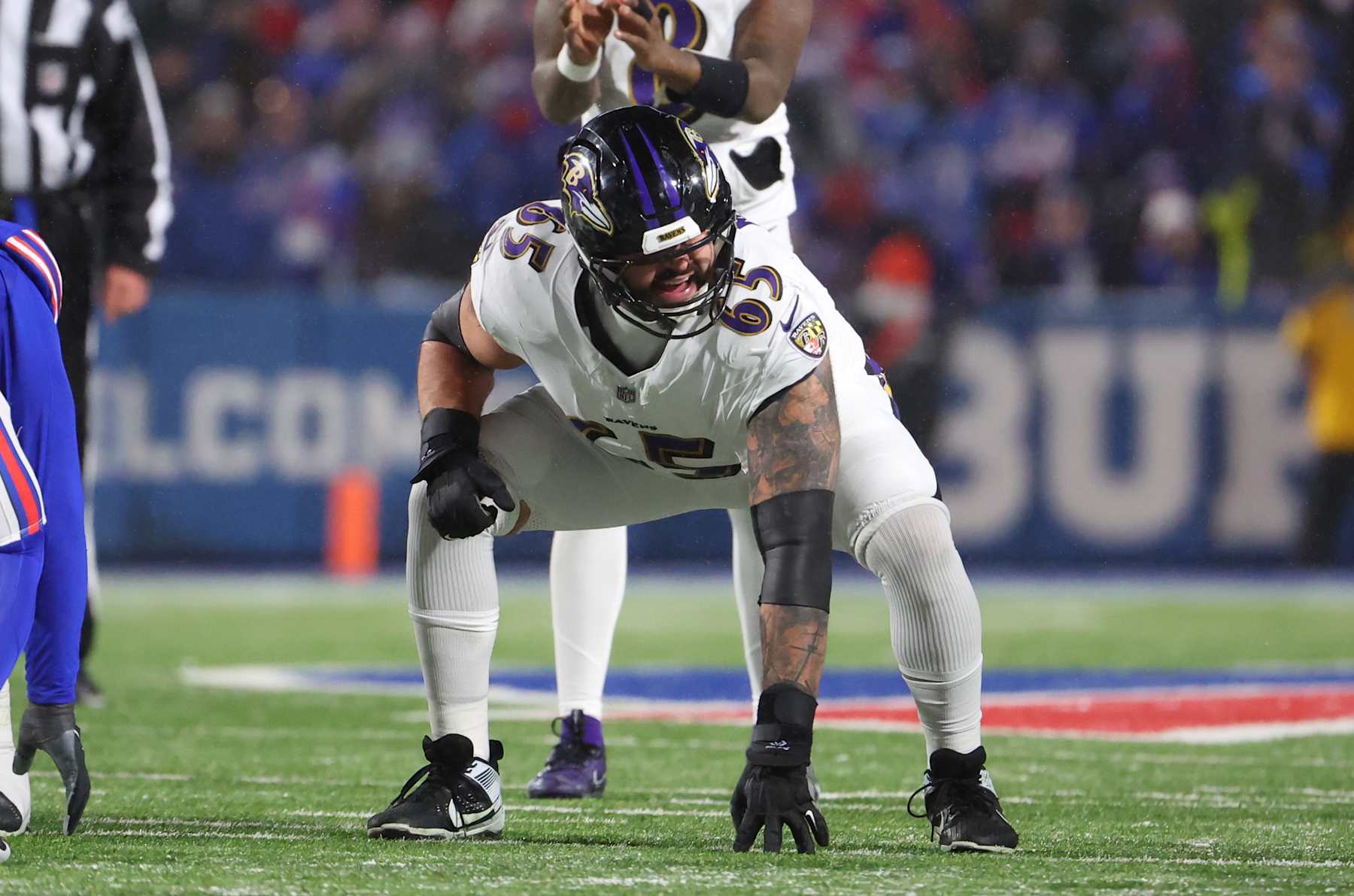
Even with an up-and-down defense, the Ravens were tough to beat in 2024 because Jackson and Henry both provided elite-level play. Protecting Jackson and opening holes for both runners should be a priority in 2025.
The issue is that left tackle Ronnie Stanley and left guard Patrick Mekari are both set to become free agents. Mekari was a mostly reliable starter in 2024 while Stanley returned to being an offensive anchor after battling injuries the previous four seasons.
Stanley allowed just two sacks, according to Pro Football Focus.
Keeping both players will be extremely difficult because of Baltimore's cap situation. Even keeping Stanley alone will be a challenge, as he has a projected market value of $20.7 million. It could be hard to justify paying that over a multi-year deal, given his age (31 in March) and injury history.
Unfortunately, the Ravens aren't going to find a bargain replacement at left tackle in free agency. Finding a new guard might be simpler—23 seventh-round pick Andrew Vorhees started three games in 2024 and handled himself well.
There's simply no way to keep the offensive line intact without first generating significant cap space. If Baltimore can't retain Stanley and/or Mekari, it will likely target offensive linemen early in the draft.
Prospects like Oregon tackle Josh Conerly Jr. should be high on the Ravens' wish list if they enter draft weekend in need of offensive line help.
*Cap and contract information via Spotrac. Advanced statistics from Pro Football Reference unless otherwise noted.
